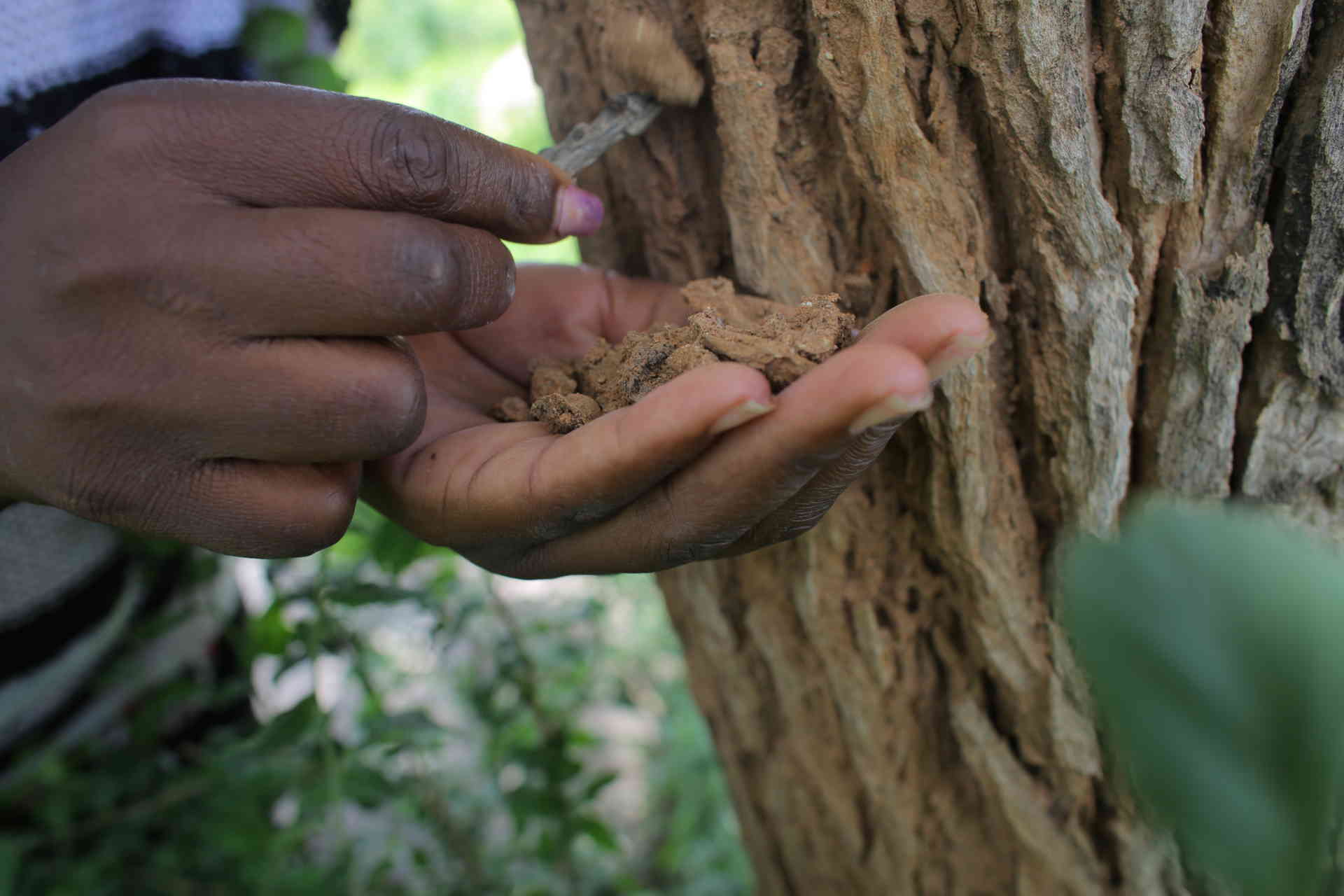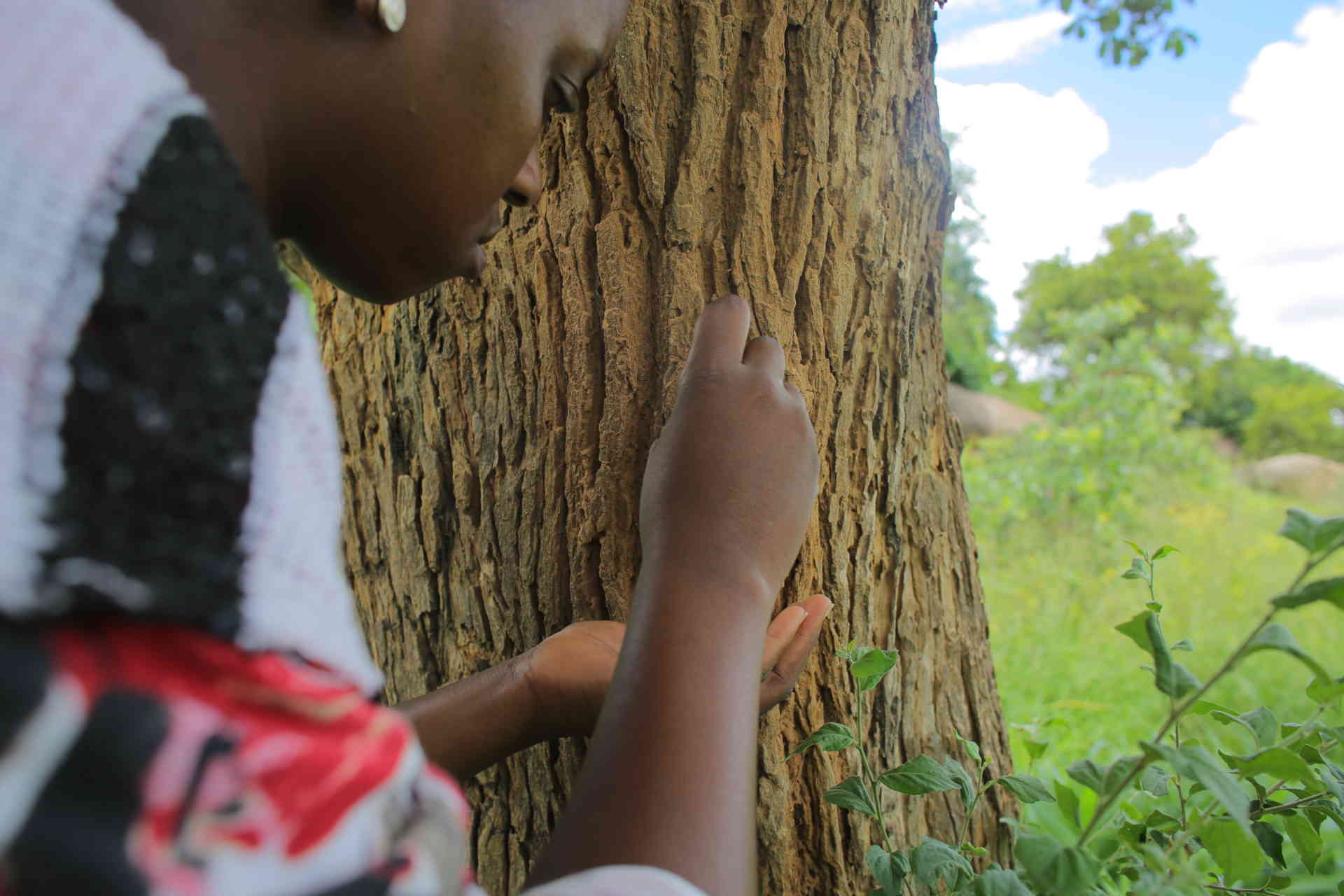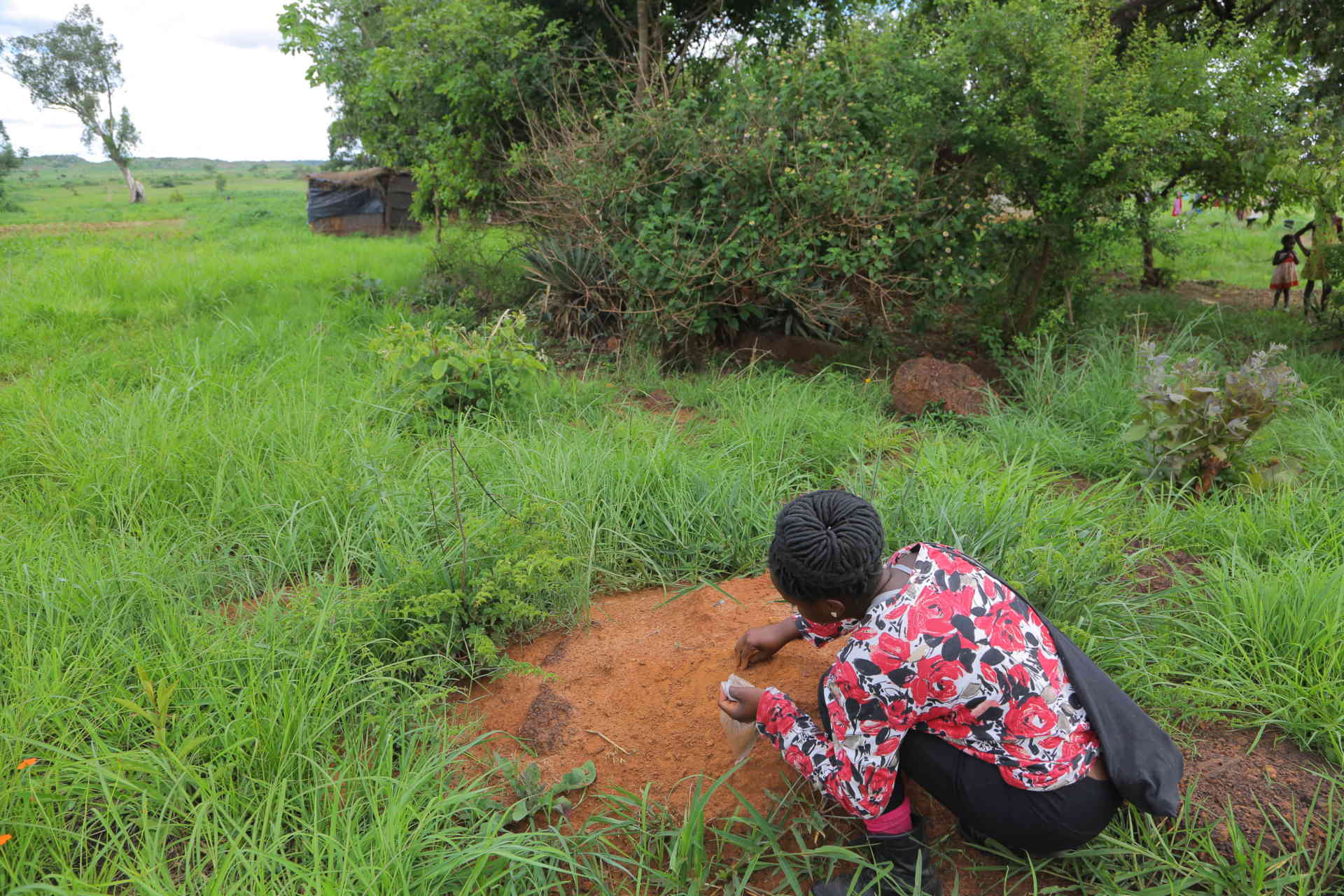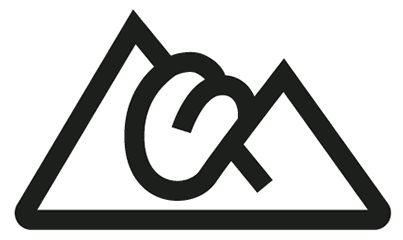Muchenje is a sweet clay product moulded by the activities of hodotermes termites which are worker and soldier termites. Their name is derived from hodos (Greek) meaning travelling and termes (Latin) meaning wood worms as they are a very restless and busy genus of insects.
Restless but highly organised, this entity of living things which manufactures edible earth viz Muchenje, a name interchangeably used to refer to these insects also, falls within the kingdom of animalia, phylum of of anthropodae, class of insecta, order of blattodea and the infraorder of isoptera.
Hodotermes termites are distinguished by the serrated inner edge of their mandibles, functional compound eyes and a distinct and characteristic head. They occur in such vegetation physiognomies as Woodland Savanna, Grassland and Deserts and their range includes the Middle East, Savannas of Africa, South West Asia and Australia. They nest by excavating in the soil and form spherical hives or termite mounds above the ground and may be as deep as 6metres. Particles are brought to the surface and are dumped at various points around the nest. These termites produce initially and damp conical mounds on soil with sufficient clay content which hardens with time. Hodotermes tend to gather clay particles for mound construction in Savannas, cementing the soil particles with variable 6 quantiles of salivary secretions and faecal excrements.

This process increases organic matter, carbon, calcium, phosphorus, potassium, magnesium and nitrogen and ensures higher aggregation of soil than the surrounding areas (Ruggiero and Fay, 1994).
Termites feed on above ground litter, wood and soil. They break down and recycle organic matter such as dying wood materials and mammalian remains even dung and lichen.
They produce enzymes and microbial-rich faeces and hence contribute to the soil microbial-rich faeces and hence contribute to soil microbial pool and to nutrient redistribution ( Joubet et al, 2011).
As in the making of honey the termite mounds so formed are savoury and sweet to the taste when broken off and eaten casually. They are chewed as a soft brownish powder or if crisp are broken off and chewed as just like pieces of hard biscuits. When chewed it assumes the colour of chocolate in the mouth. Affinity for Muchenje varies from person to person and can be addictive at times and is mostly favoured by pregnant women and girls.

The quality of this product varies from area to area but it has a countrywide distribution in Zimbabwe and its availability is ubiquitous. It is also highly affordable.
At the market place one has to specify that one is in need of Muchenje as there are other edible earth products generally called dhaga awash on the Zimbabwean Market. Some animals such as elephants enjoy eating Muchenje.
Muchenje is famed for medicinal and therapeutic qualities as it is believed to have welcome relief to flues, colds as well as stomach ailments. It is also said to be rich in such trace elements as iron, potassium, calcium etc.


